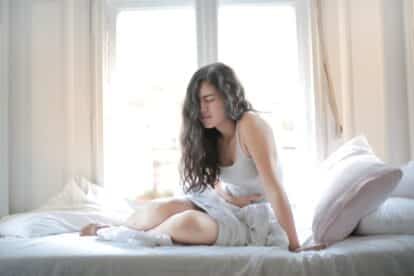The trendy feature you loved five years ago now just feels… off. And it’s not just about aesthetics. Homes with dated trends can sell for a lower cost and often take longer to find a buyer.
But don’t panic! This isn’t about chasing every fleeting fad. It’s about creating a space that feels comfortable, current, and authentically you. The good news is, you don’t need a massive renovation to make a considerable impact; swapping out a few key features can completely transform your space.
Making these changes pays off in more than just home value. The NAR’s “Remodeling Impact” report found that homeowners who upgraded their kitchen or added a new primary suite reported a perfect 10/10 “Joy Score”. So, let’s get you on the road to a home that sparks joy and feels perfectly modern.
The All-Gray-Everything Look Is Feeling Cold
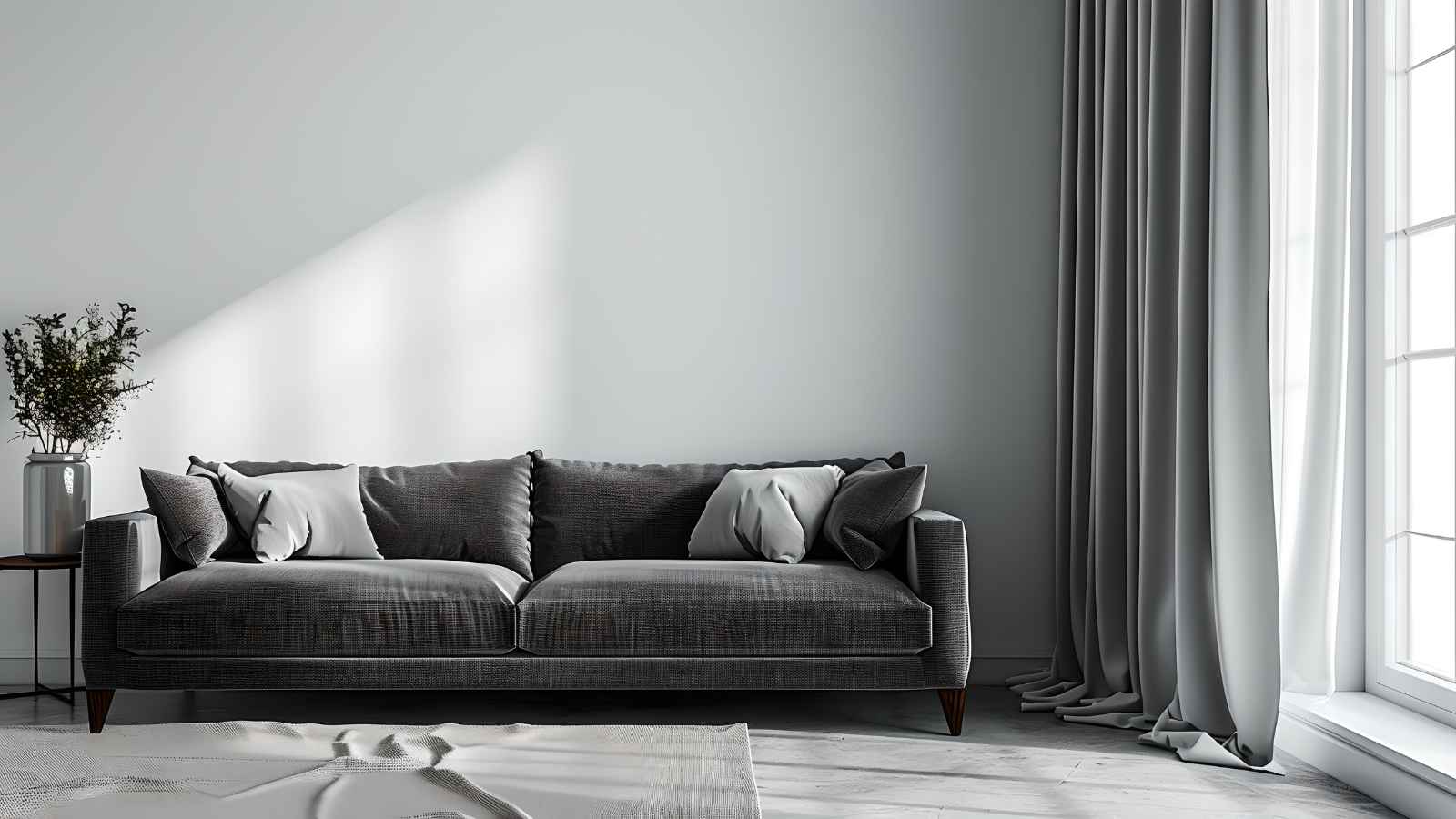
Do you remember when every room on Pinterest was fifty shades of gray? Well, that era is officially over. That once-safe, go-to color scheme is now seen as a bit of a downer, making our homes feel less like cozy sanctuaries and more like corporate offices.
Kailee Blalock, co-founder of House of Hive, nails it: “‘Cool-toned grays are out,’ she explains. “They can make a space feel cold, impersonal, and reminiscent of early-2010s builder-grade design.”
After spending so much more time at home, we’re collectively craving warmth and comfort. The new go-to palette includes rich browns, creamy beiges, and earthy tones that feel like a warm hug. Think of it as trading a sterile slate for a nurturing space.
Shiplap Walls Have Sailed Away
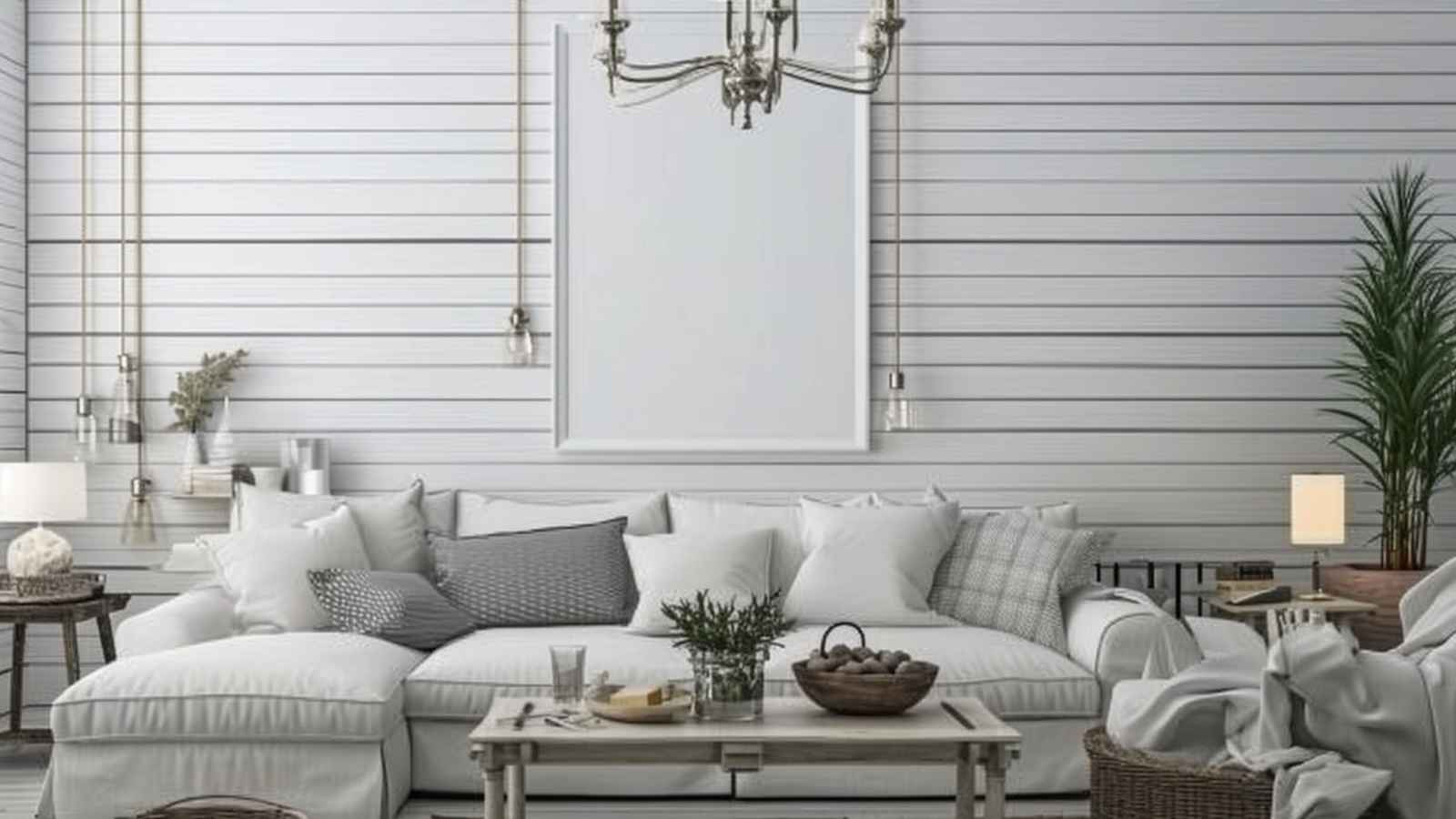
Thanks to a particular home renovation show, shiplap had a massive moment. But its popularity became its downfall. Now, that once-charming feature can feel a little too predictable. And just as trends shift, what once felt classic can now feel out of place—like shiplap, which, as House Beautiful’s Carisha Swanson puts it, “has a place, but not in every design style,” its overuse slowly draining its charm.
When a “feature” wall is in every other house, it stops feeling special. Instead of horizontal planks, designers are now using things with more personality to create a focal point. Think geometric patterns, beautiful tiles, rich wallpaper, or a textured finish like limestone plaster to add depth and a custom feel.
Matching Furniture Sets Lack Personality
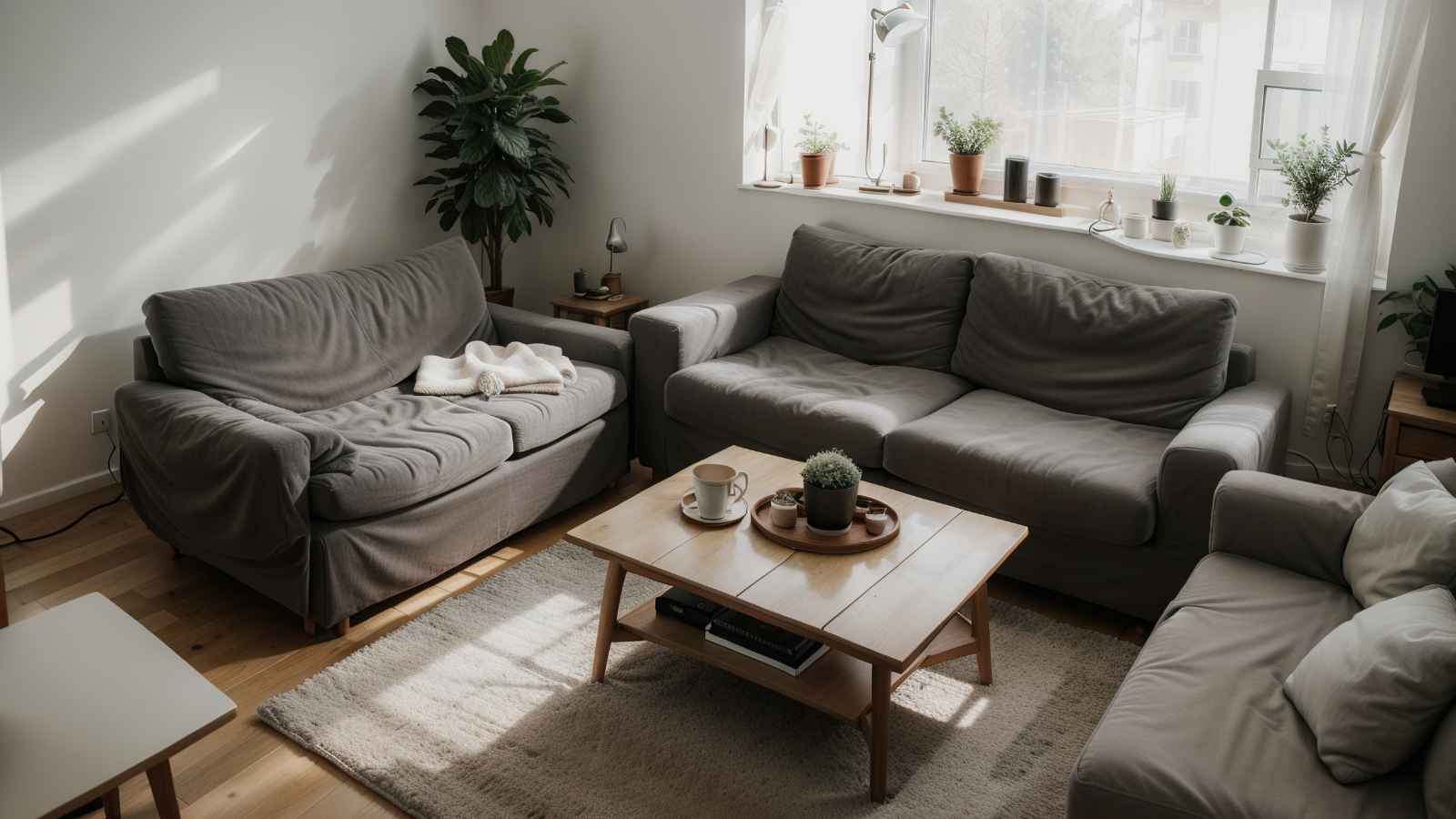
We understand that buying a five-piece living room set is straightforward. But that convenience comes at a cost: character. A room where every piece of furniture matches perfectly can feel like a generic showroom, lacking the unique story that makes a house a home.
As color consultant and designer Maria Killam notes, “A matching dining room set is often way more expensive than simply coordinating a dining room table, chairs and sideboard”—and the result can look flat instead of stylish.
The modern approach is to curate, not coordinate. Mix different styles, textures, and materials to create a unique look. Pair that sleek modern sofa with a vintage armchair. Combine painted pieces with natural wood. This creates a layered, collected-over-time look that is infinitely more interesting and personal.
“Live, Laugh, Love” Word Art Feels Generic
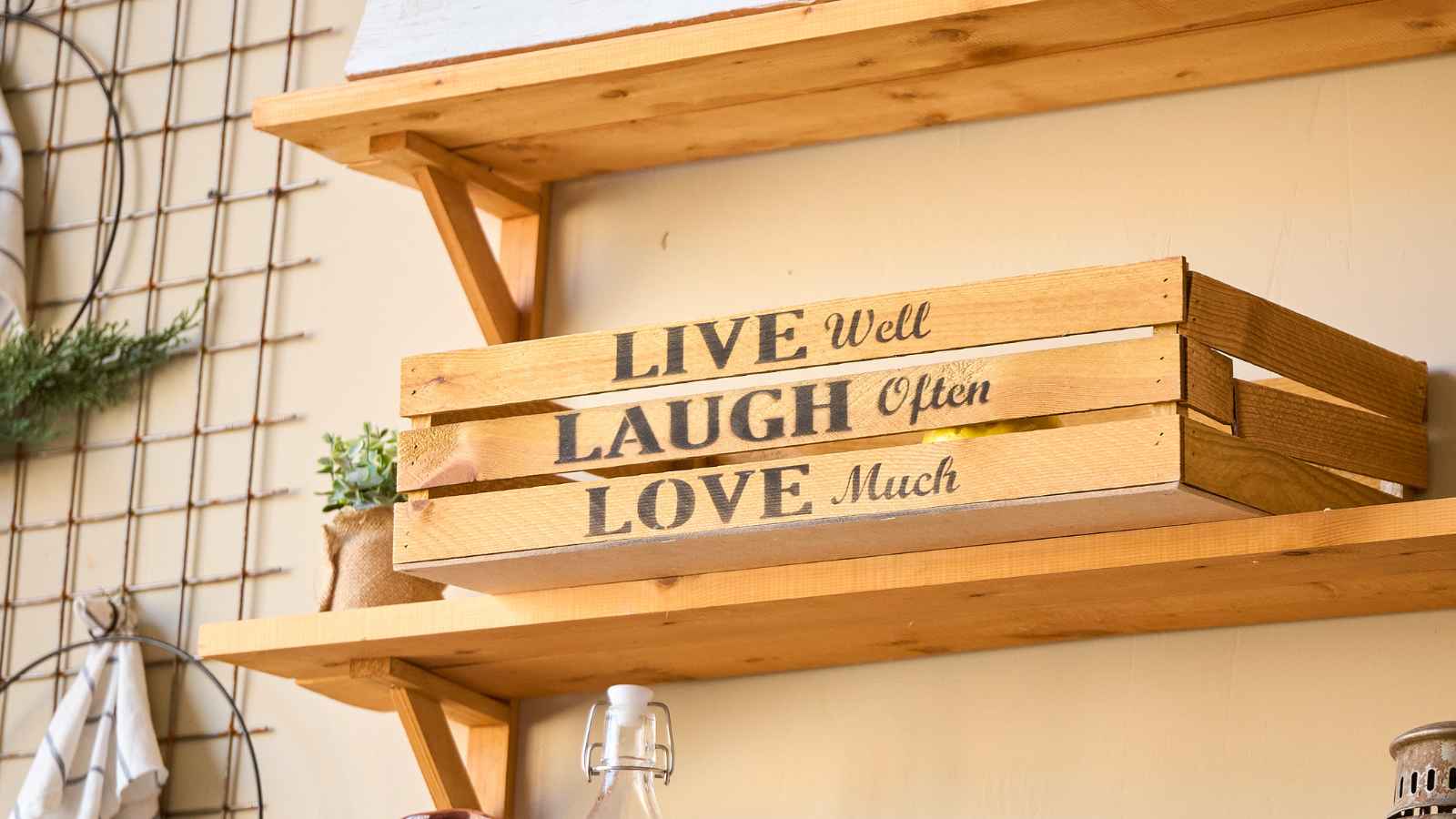
Those wooden signs with scripted fonts had their moment, but that moment has passed. While the sentiment is nice, mass-produced word art can make your home feel impersonal, as if your personality was picked up in a big-box store aisle.
Your walls deserve better! Swap out the generic sayings for meaningful, collected pieces. This could be original artwork from a local artist, personal photography, framed textiles, or interesting antique finds that actually tell your unique story.
The Single, Harsh “Big Light” Is Unflattering
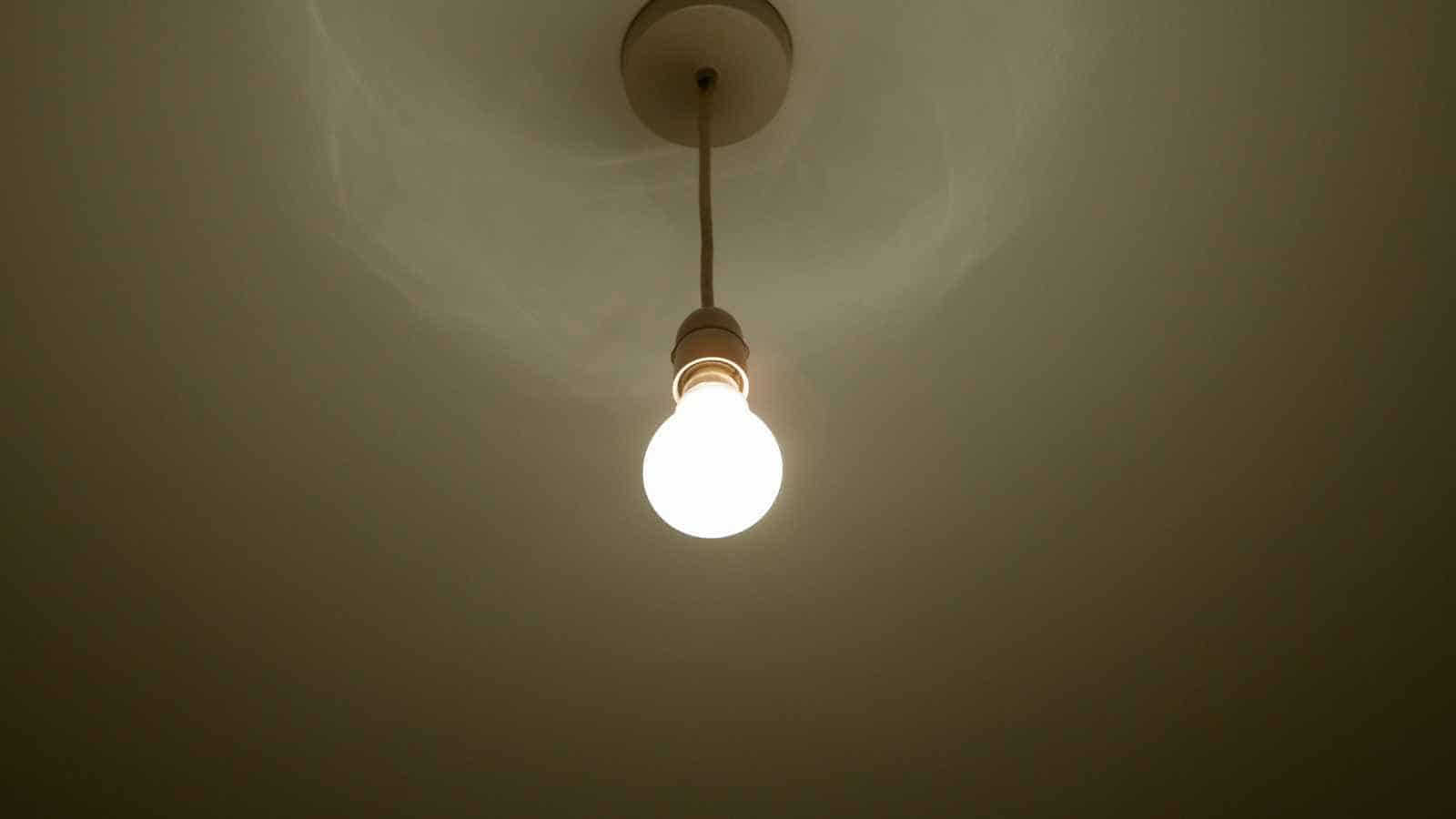
You know the one—that single, central ceiling fixture that you flick on to illuminate the entire room in a harsh, unforgiving glare. Relying on the “big light” creates stark shadows and a flat, sterile atmosphere that does your home (and you) no favors.
Magdalena Gierasinska, Head of Product at Barker and Stonehouse, warns, “Harsh lighting is a very common interior design mistake that will age your home”.
The secret to beautiful, modern lighting is layering. Think of lighting in three categories: ambient (overall illumination), task (for specific activities like reading), and accent (to highlight art or architecture). Use a mix of floor lamps, table lamps, and sconces to create a warm, inviting glow and eliminate those harsh shadows for good.
Fast Furniture Is Falling Out of Favor
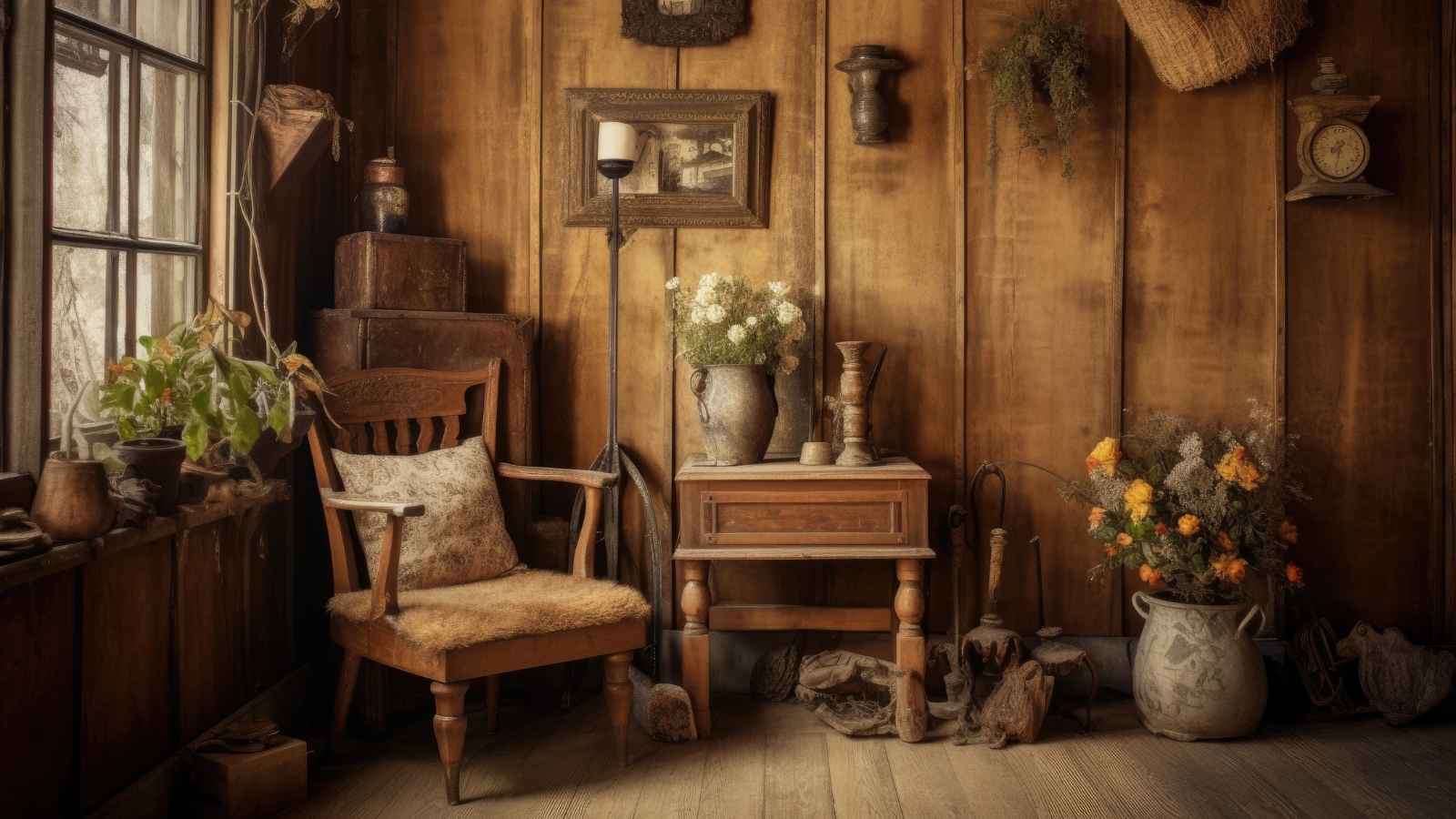
“Fast furniture” is the home décor equivalent of fast fashion—cheaply made, trend-driven pieces that aren’t built to last. It’s the stuff you buy to replicate a look you saw online quickly, but it often ends up looking flimsy and contributing to landfill waste.
Homeware designer Kathy Kuo is sick of “the ‘fast’, disposable pieces.” She advises, “Take your time researching and selecting pieces meant to stand the test of time and leave trends out of it.”
There’s a massive shift towards conscious consumerism in home design. The focus is now on sustainability, craftsmanship, and timeless style. This means investing in well-made pieces you’ll love for years or giving a second life to vintage and antique finds.
The Heavy, Ornate Tuscan Kitchen
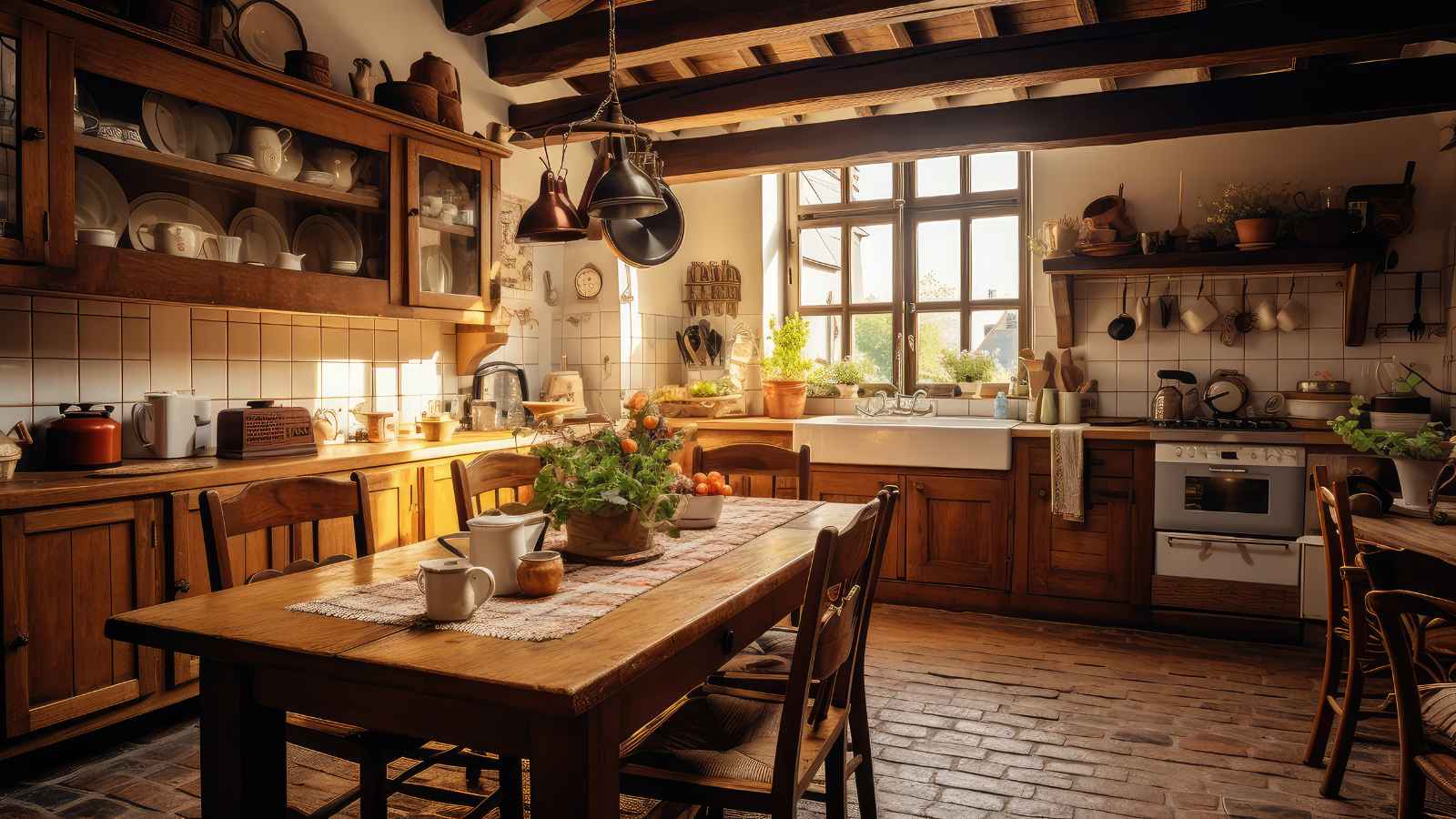
Step into a time machine back to the early 2000s, and you’ll find the Tuscan kitchen in all its glory: heavy, dark wood cabinets, ornate details, mottled granite, and a “muddy” color palette of deep reds, golds, and browns.
Designer Cathleen Gruver describes the look as lacking subtlety, where “faux textures often make spaces feel dated and cluttered instead of warm and inviting”.
But if you love that European charm, there’s a gorgeous modern alternative: the “Modern Mediterranean” kitchen. This updated style swaps dark woods for light oak, heavy granite for sleek limestone or marble, and dark terracotta tones for airy taupe and caramel shades. It’s all the rustic warmth, none of the heaviness.
Popcorn Ceilings Are a Relic of the Past
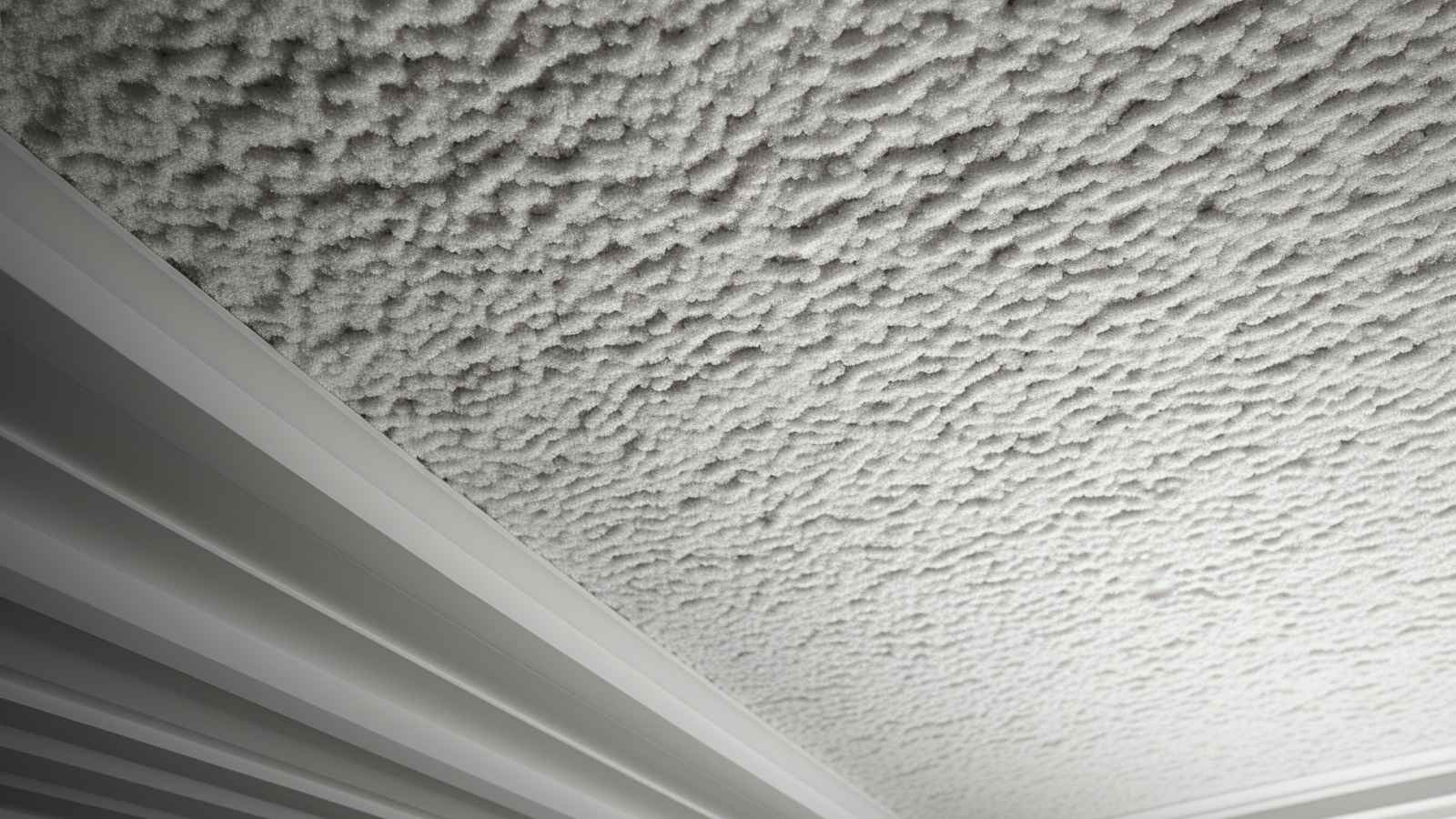
If there’s one feature that universally screams “dated,” it’s a popcorn ceiling. Beyond just looking old-fashioned, they’re a nightmare to clean, they trap dust, and their bumpy texture creates shadows that can make a room feel darker and smaller.
There’s also a serious practical concern. Many popcorn ceilings installed before the 1980s contained asbestos, a hazardous material linked to severe health issues. This makes removal a job for professionals and a major turn-off for potential homebuyers.
The modern standard is a clean, smooth ceiling. If you want to add some flair, consider architectural details. Coffered ceilings make a room feel significantly larger… Anything that draws your eye upwards gives the illusion of higher ceilings and grandeur.
Heavy, Formal Drapery Weighs a Room Down
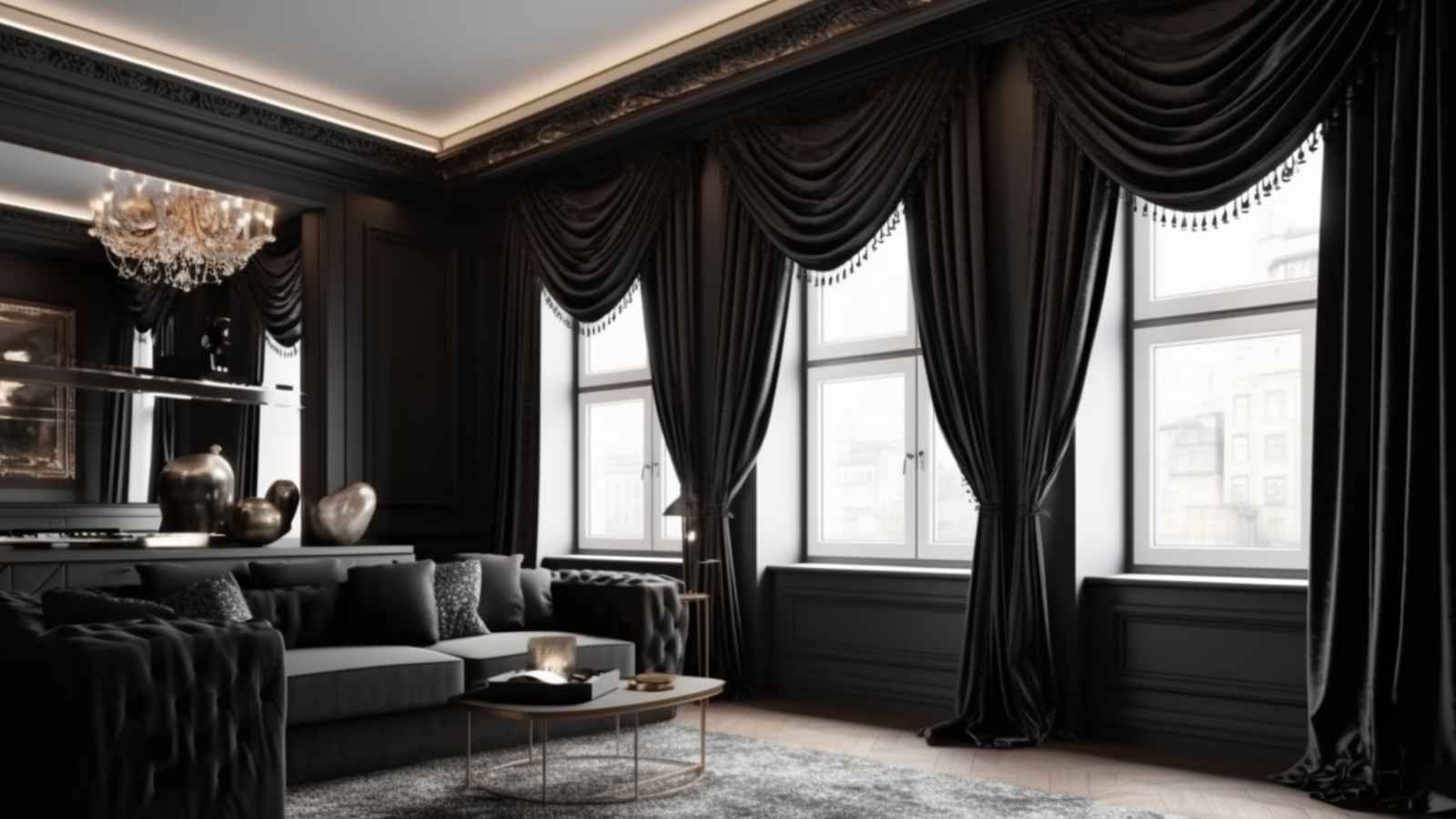
Those super-thick drapes with elaborate swags, tassels, and shiny finishes can feel stuffy and overly formal for today’s more relaxed lifestyles. They also block a significant amount of natural light, which is one of a room’s most valuable assets.
Interior designer Nina Lichtenstein observes, “Today’s most stylish spaces show a shift away from heavy, overly formal drapery toward lighter, more organic looks”.
The modern approach is all about light and texture. Opt for airy materials like linen or sheer fabrics that let sunlight filter through while still providing privacy. Other beautiful, contemporary options include woven wood blinds for a touch of nature or tailored Roman shades for a clean, crisp finish.
The Single, Bold Accent Wall Is a Visual Stop Sign
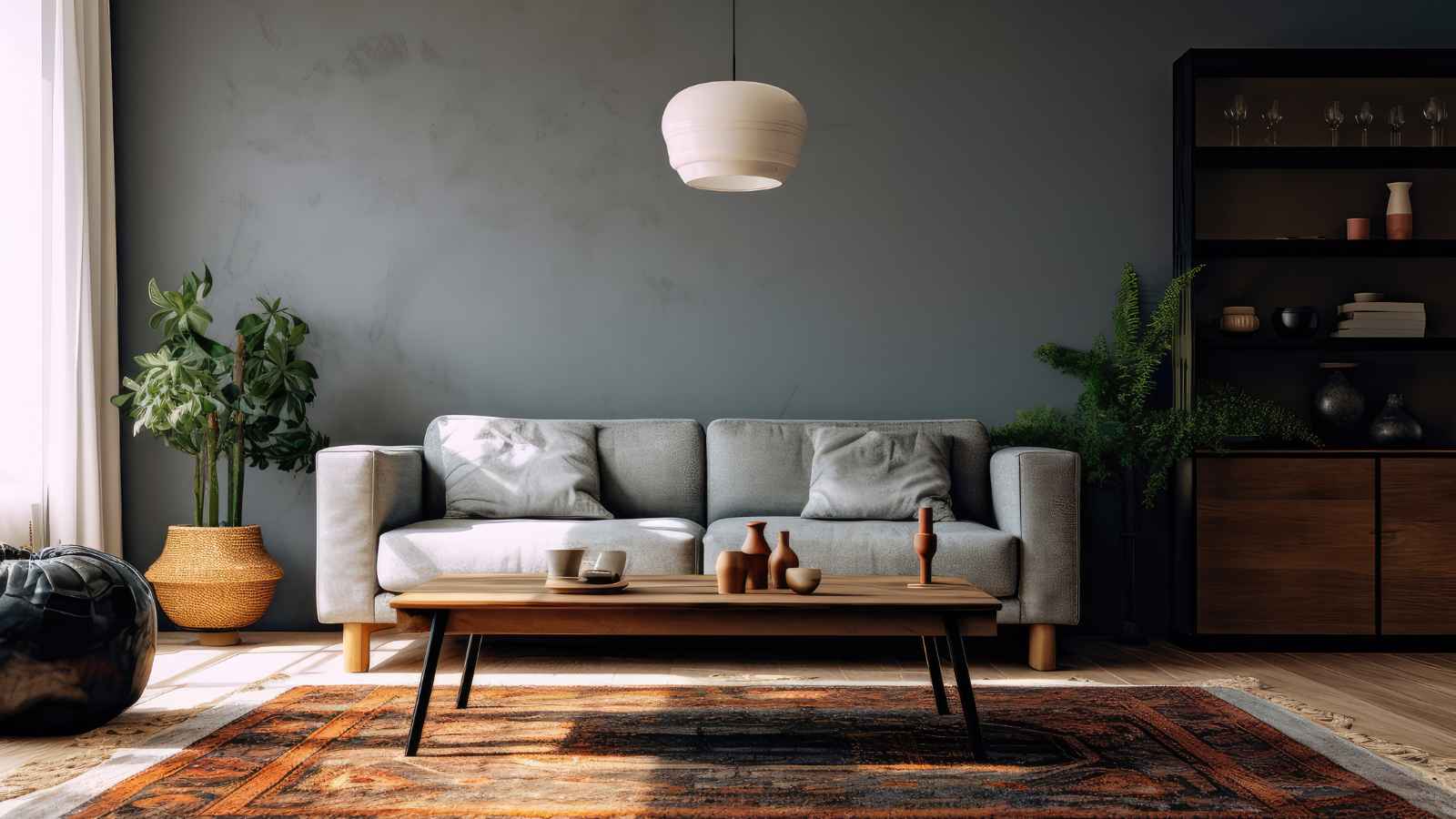
Painting one wall a dramatically different color was the go-to trick for adding a “pop” to a room for years. But now, that single bold wall can feel a bit random and visually jarring, chopping up the space and disrupting the flow.
A more sophisticated and cohesive approach is “color drenching.” This involves painting the walls, trim, and even the ceiling, all in the same rich hue. The result is an immersive, cocoon-like effect that feels incredibly intentional and high-end.
Wall-to-Wall Carpet in Bathrooms Is a Hygiene Hazard
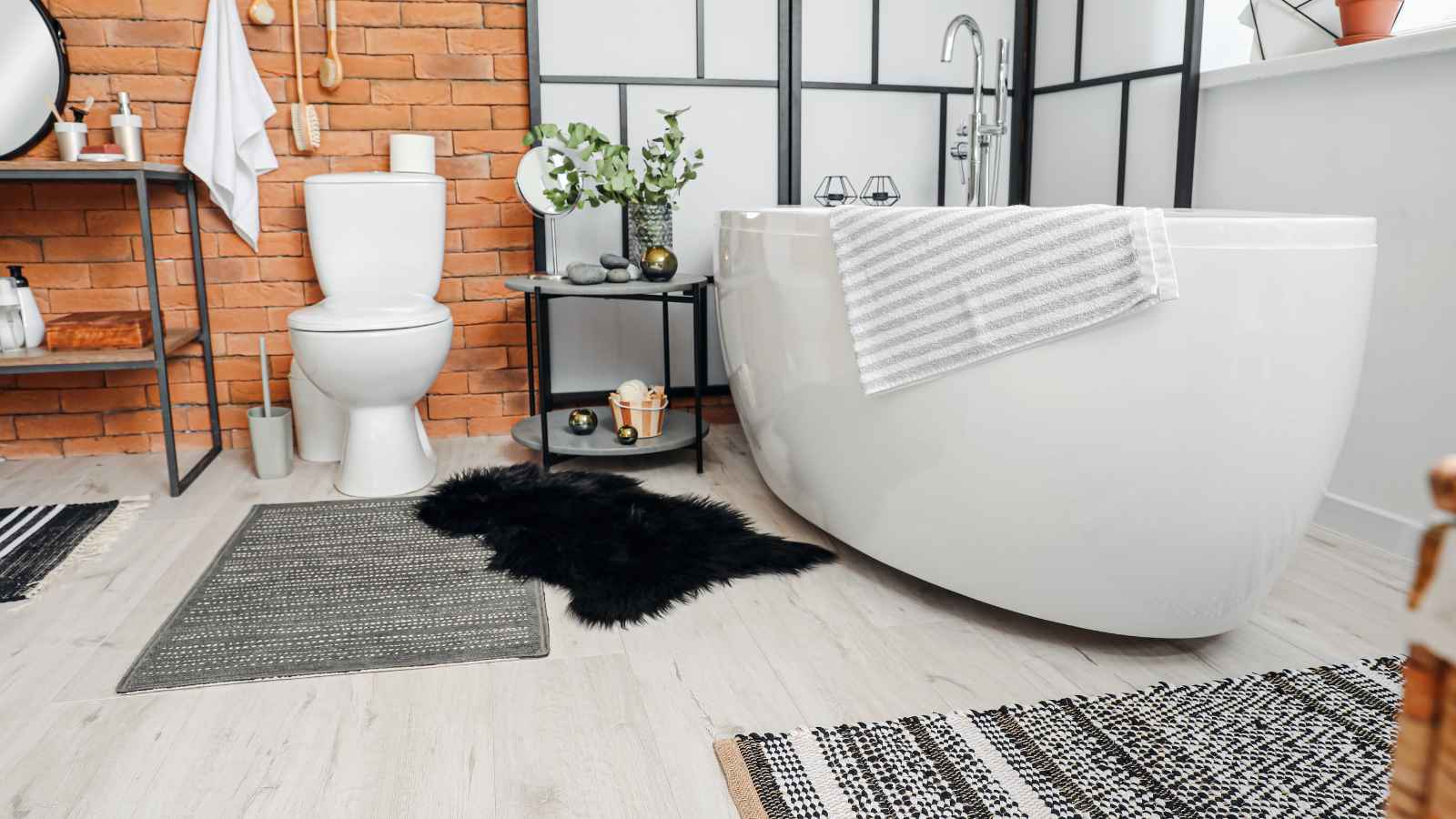
This one is less about style and more about common sense. Carpeting in a high-moisture environment, such as a bathroom, is a bad idea. It’s a magnet for moisture, which can lead to a host of unpleasant problems.
Carpet traps water that seeps underneath the padding, creating the perfect breeding ground for mold, mildew, and bacteria. It’s nearly impossible to clean thoroughly, and it can develop musty odors over time.
Hard surfaces are the best option for a bathroom. Stick to materials designed for wet spaces, like porcelain tile, luxury vinyl, or natural stone. You can easily add softness and warmth underfoot with a stylish and, most importantly, machine-washable rug.
Open Kitchen Shelving Is Impractical for Most
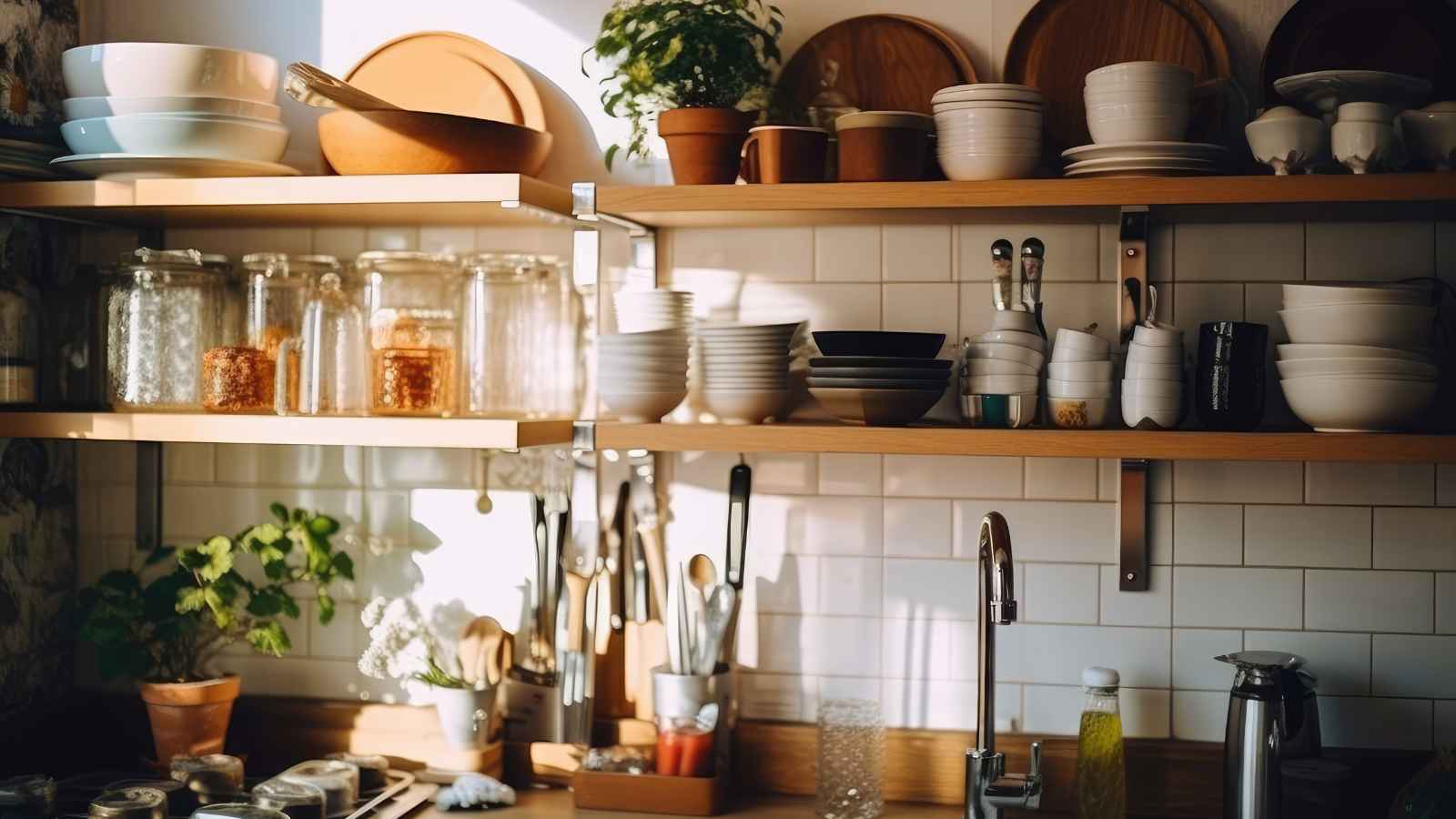
Open shelving looks effortlessly chic in magazines and on Instagram, but the reality for most of us is far less glamorous. In a real, working kitchen, it’s a constant battle against dust, cooking grease, and visual chaos.
The sheer impracticality of keeping them clean and perfectly styled is causing their popularity to fade. Unless you’re committed to constant dusting and have a perfectly curated set of matching dishes, it can quickly look cluttered.
For a sleek and functional kitchen, closed cabinets are making a significant comeback. If you love the look, try a small, contained section of open shelving for a few beautiful items you use daily, but reserve the mismatched mugs and Tupperware for closed storage.
Mirrored Closet Doors From the ’80s
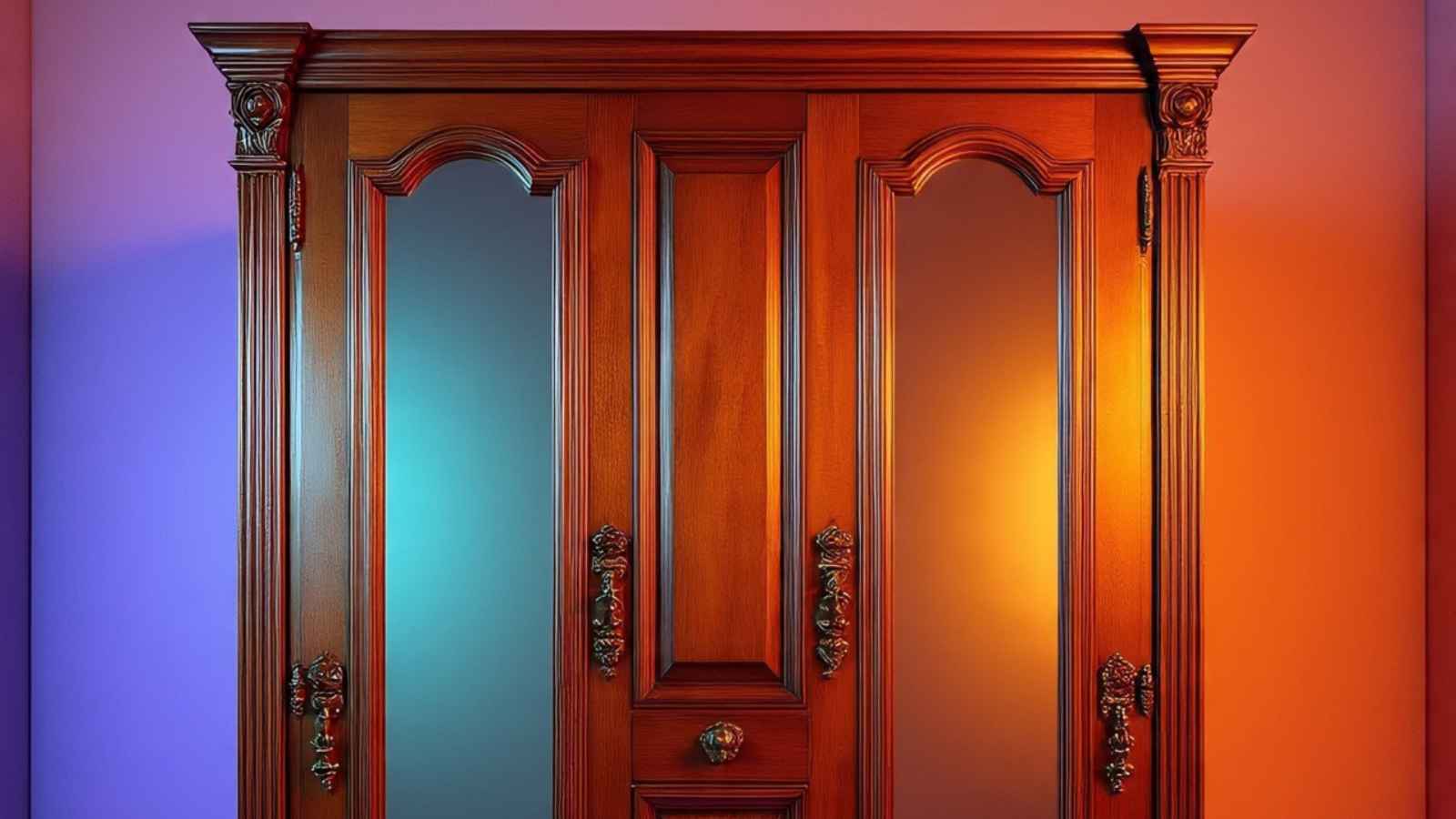
We’re not talking about all mirrored doors, just those specific sliding ones from the 1980s—usually frameless or trimmed in a cheap-looking shiny gold metal. They instantly date a bedroom and can feel more reminiscent of a disco-era hotel than a modern home.
But the concept isn’t dead! Mirrored doors have gotten a major glow-up. Today’s options are “sleek, minimalist, [and] frame-customizable”.
Modern versions feature elegant frames in matte black, warm wood, or bronze, turning a practical feature into a stylish statement. They still work wonders for making a room feel larger and brighter, but now they do it with sophistication.
Glass Block Walls Feel Dated
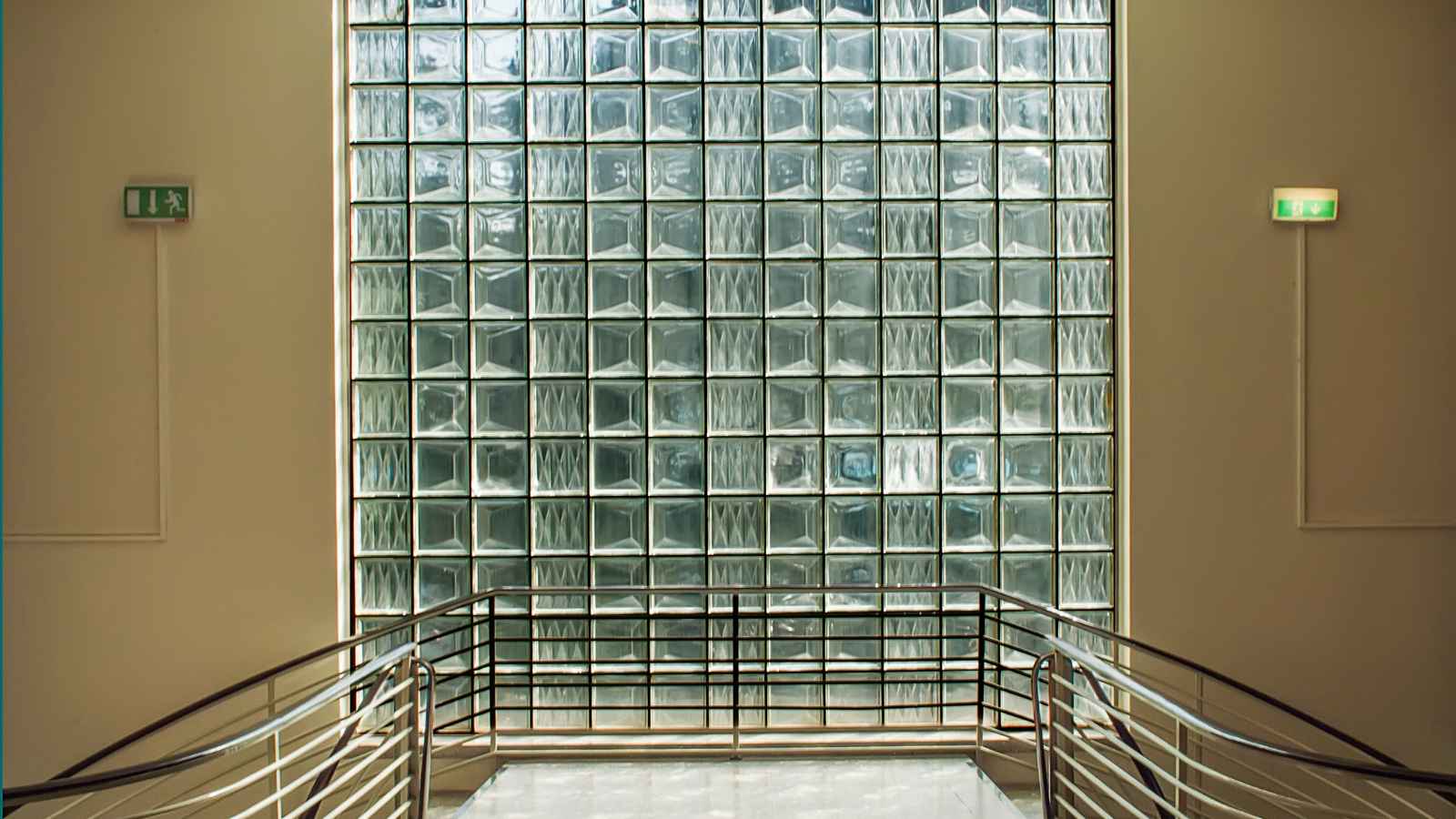
Another feature with strong ties to the 1980s, glass block walls—especially in bathrooms or as room dividers—can be a dead giveaway of a dated design.
Their overuse in suburban homes, often in “awkward bathroom walls,” gave them a reputation that’s hard to shake. While some high-end architects are experimenting with them again, it’s a very tricky look to pull off in the average home without it feeling like a retro throwback.
If you’re looking for a way to separate a space while maintaining an open, light-filled feel, there are more modern options available. A single, sleek panel of tempered glass, for instance, achieves the same goal with a much cleaner and more timeless look.
Clacky Vertical Blinds
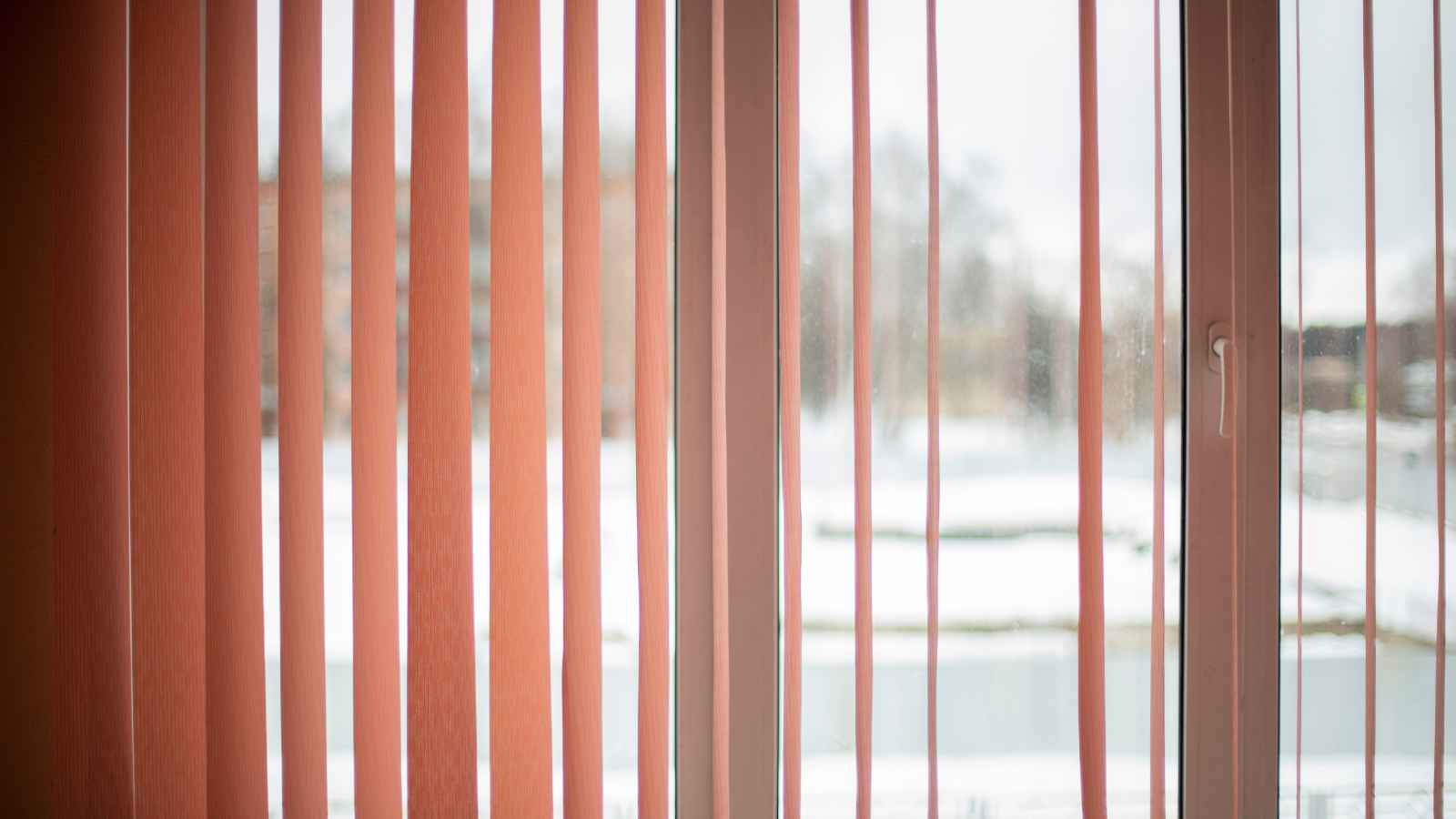
Those plastic vertical blinds on sliding glass doors are a hallmark of rental units and dated office buildings for a reason. They clack in the breeze, the slats break easily, and they offer very little in terms of style or warmth.
While the vertical format itself is practical for large doors, the old, utilitarian designs of the past are what make them feel outdated.
Thankfully, there are now many better choices. Floor-to-ceiling curtains add softness and a touch of drama. Cellular shades offer excellent insulation, and modern vertical blinds, made from fabric or faux wood, provide the same function without the cheap plastic feel.
The Sterile, All-White Interior
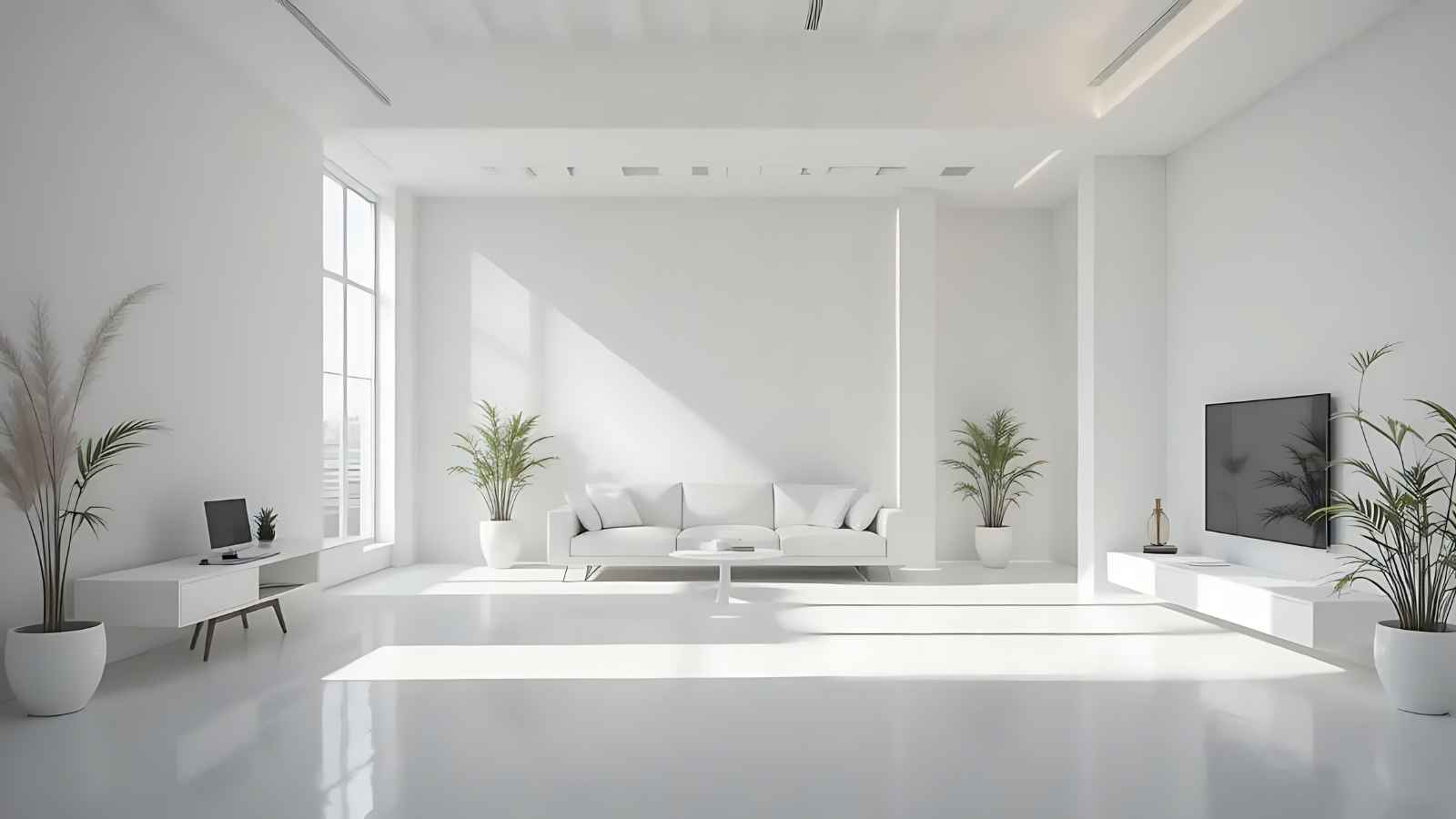
For a while, the all-white-everything look was the pinnacle of minimalist chic. But an overdose of white can quickly go from serene to sterile, feeling cold and unwelcoming.
Designer Erin Williamson warns that an all-white scheme can create “a sense of hospital-like sterility”. Without layers and texture, it can fall flat and lack any real personality.
The modern way to do white is to warm it up and add depth. Choose a warmer, creamier shade of white paint instead of a stark, cool one. Then, layer in plenty of texture through natural materials—think a nubby wool rug, linen pillows, a wooden coffee table, and lots of green plants to bring life to the space.
Overly Themed Rooms Are Too Theatrical
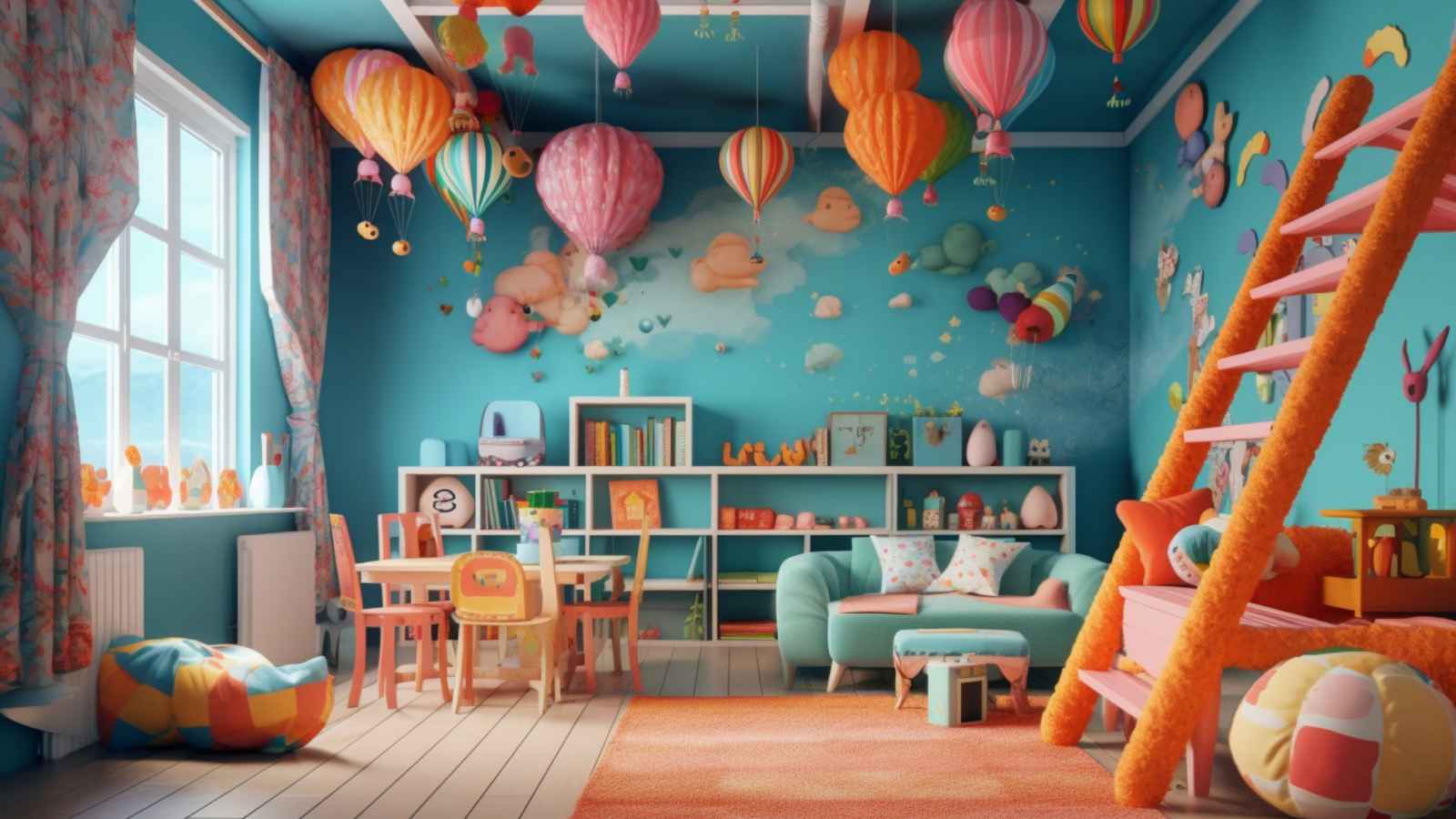
A room that’s slavishly devoted to a single theme—be it nautical, Parisian, or “tropical jungle”—can feel more like a stage set than a comfortable, authentic home. It often lacks a personal touch and can come across as a bit kitschy.
A hyper-themed room often “screams ‘I watched one Netflix show'” and fails to reflect your own personality.
Instead of a literal theme, aim for a cohesive “mood” or “vibe.” If you love the coast, don’t fill the room with anchors and seashells. Instead, evoke a coastal feeling with a light and airy color palette, natural materials like rattan and linen, and an open, relaxed layout. It’s about subtle suggestion, not a heavy-handed theme park.
Key Takeaway
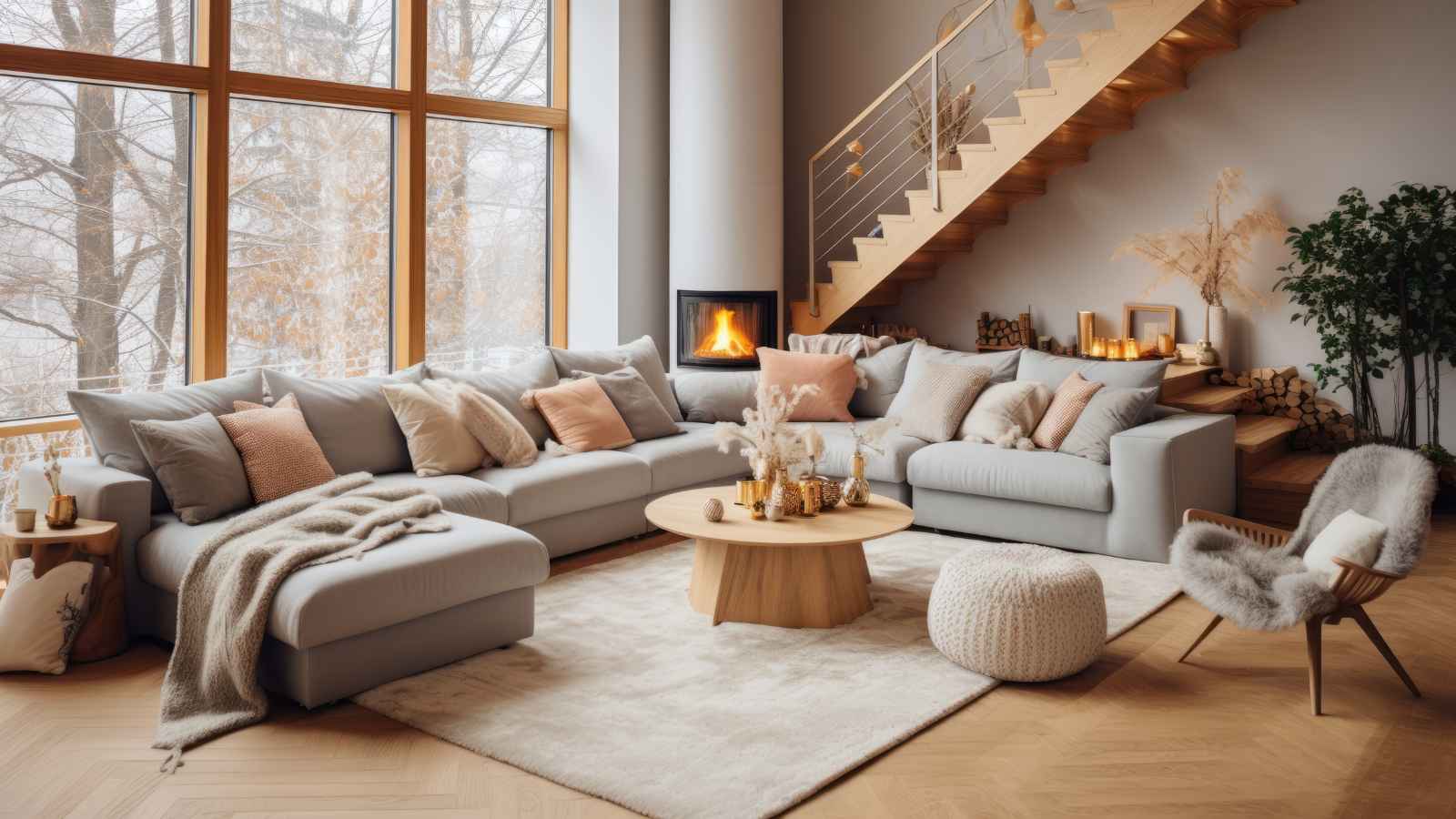
If there’s one major takeaway from all these shifts, it’s this: the future of home design is personal, comfortable, and sustainable. We’re moving away from the mass-produced, “me-too” looks of the past and embracing homes that tell our unique stories. The most stylish spaces are curated, not copied, filled with quality pieces that are built to last, and designed to be a true sanctuary for the people who live there. After all, a home that brings you joy is a home that will never go out of style.
Disclaimer – This list is solely the author’s opinion based on research and publicly available information. It is not intended to be professional advice.
Like our content? Be sure to follow us
How to Save on International Money Transfers: What Banks Don’t Tell You

How to Save on International Money Transfers
Normally, I’d question the secret fees that are hidden in my bank’s international money transfer services. While banks sometimes advertise low transfer fees, they usually do not mention the substantial exchange rate margins that quietly siphon money out of your funds. It shouldn’t be expensive to send money overseas.
I’ve discovered seven practical strategies anyone can use to save on international money transfers. Whether you’re sending a hundred dollars to a family member or paying for a service in a foreign country, these tactics will help you hold onto more of your hard-earned cash.
12 Kitchen Hacks You May Not Know

12 Kitchen Hacks You May Not Know
Sometimes, preparing meals and dealing with food can feel like a bore and a chore – or just plain frustrating. We’ve got the best food hacks to pass down to you, helping you get in and out of the kitchen quickly. Not more drudgery, and dare we say it, some of these hacks are kind of fun. Save money, too. Win-win!
Do you have a kitchen hack we should be aware of?





